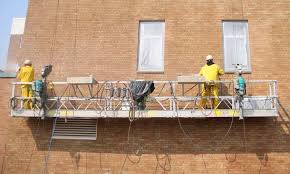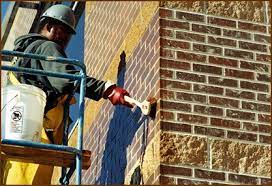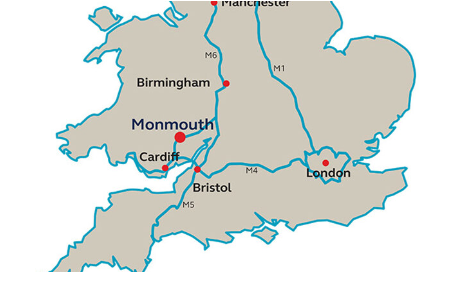Buildings can get dirty, just like any other surface. The dirt on buildings is primarily caused by environmental factors such as weather conditions and pollution from automobiles. Dirt is unwanted material that accumulates on top of a material. Understanding the dirt, its purpose, and the impact of removing it is crucial.
Before you begin cleaning a structure, it’s important to determine whether the building can be safely cleaned. This requires that you have a thorough understanding of the dirt as well as the materials the dirt is adhered to. You should consider the history of the building and whether or not the removal will affect the masonry. Even the simplest of buildings may have a different mortar than the stone. Many historic buildings are made up of a mixture of materials, often from different periods in their history.
One type of cleaning will not work for all stones, bricks, and other building materials. Many times, the wrong cleaning method is used to clean all surfaces of a structure regardless of the material. The same goes for all buildings made of the same materials, no matter where they are located. For more information on Industrial Cleaning Services Gloucestershire, contact Into Cleaning
You may have noticed that your bricks are stained with oil or mould. You can remove these if they are unsightly. Here are the most common problems with masonry cleaning and their solutions:
- Oils and soot: These are more difficult to remove than mildew or moss because they penetrate deeper into the pores of masonry. To remove this, you will need a muriatic solution consisting of one part acid and nine parts water. Add the muriatic acid to water, apply the solution and let it set for 15 minutes. Then use a bristle toothbrush to clean and rinse the area with fresh water.
- Fungus and mildew are usually removed by mixing a quarter bottle of household bleach with 1 gallon warm water. The mixture is then applied using a stiff-bristle toothbrush. It’s not the amount of scrubbing that will kill fungus but the strength of the bleach. So give it plenty of time to do its job before you start scrubbing. Fungus spores can remain and grow quickly if you don’t.
- Paint: You can remove paint by sandblasting, using wash-away or peel-off removers, hand- or electric-wire brushing, muriatic-acid washing, and power-washing.
Sealers can be used to minimise damage caused by salty air or extreme weathering. You should clean your stone and brick thoroughly before sealing them, just as you would concrete.





